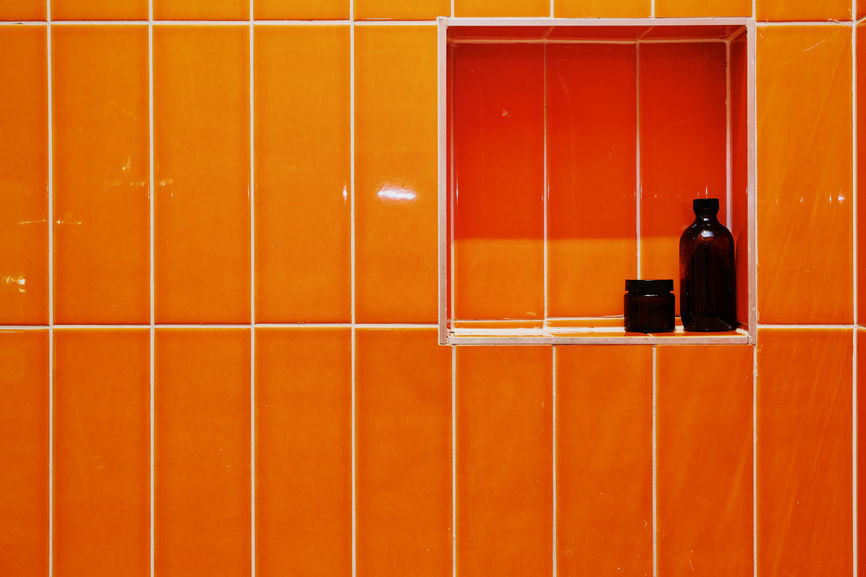As a seasoned journalist, I sought out a professional “dadpinion” from my father Nick Garis, who understandably groaned when I asked for his dadpinion. In a tone that strongly alluded to having not consumed coffee yet, he gave me a spiel about the sweet allure of efficiency. “I don’t want to bother to do the same thing twice,” he said. Then, I asked if he could give me a ride home from my brother’s graduation, and he grumbled something that sounded like a yes, so altogether, it was a productive convo.
I’ll admit, I’m all for speeding up my beauty routine as much as possible, but I wonder if taking a shortcut with the 2-in-1 would create more work in the long run. And for that, I turn to science. According to an article in Huffington Post, cosmetic chemist Ni’Kita Wilson explains that shampoo and conditioners have different jobs that are hard to combine. “There’s only so much you can do in a 2-in-1 shampoo because most of the conditioners are cationic, meaning they have a positive charge, but most of the surfactants [detergents] in shampoos are anionic, meaning they have a negative charge,” she explains to the outlet.
Let’s decode that: Hair carries a negative charge, and to wash it and help remove all the gunk, shampoos frequently use sulfates, which also carry a negative charge. Conditioner, on the other hand, helps to load hair back up with electrons, which, in turn, smoothes things out. There’s a lot of other science involved, but for the double duty product, this part is key.
Now, 2-in-1 products have to make this reaction stable in a bottle, and that’s a tall order, which is why they frequently fall somewhere between “works slightly better than shampoo alone” and “not quite as good as using the two separately. So while, it might be fine on hair that’s an inch or two long, those with flowing lengths have a harder time with the stuff. My theory: Despite saving you a couple minutes of lathering up in the shower, during styling phase, there’s actually more work that has to be done to tamp down frizz.
Since my Dad isn’t doing a lot of wild styling to his hair, he can save time in and out of the shower. I’m, however, not afforded the same luxury. Research shows that, on average, women use double the products as men, and in part, that’s because the societal expectations aren’t always the same. My experience from the whole womanhood thing is being taught that there are things that I need to fix about myself and plentiful products to do it. Dudes, by contrast, aren’t frequently as targeted as women are by this message, and thus some men (my dad included) take away from this that they don’t have to try as hard when it comes to haircare.
And that actually gives us a 2-in-1 solution to this problem of a single bottle not working for all, doesn’t it? Efficiency, in life, is key, but one’s ability to capitalize on it relies, quite simply, in how they’re conditioned.
The one-step solution that works for many women? No-poo. And here’s how to find out whether or not you’re washing your hair too much.
